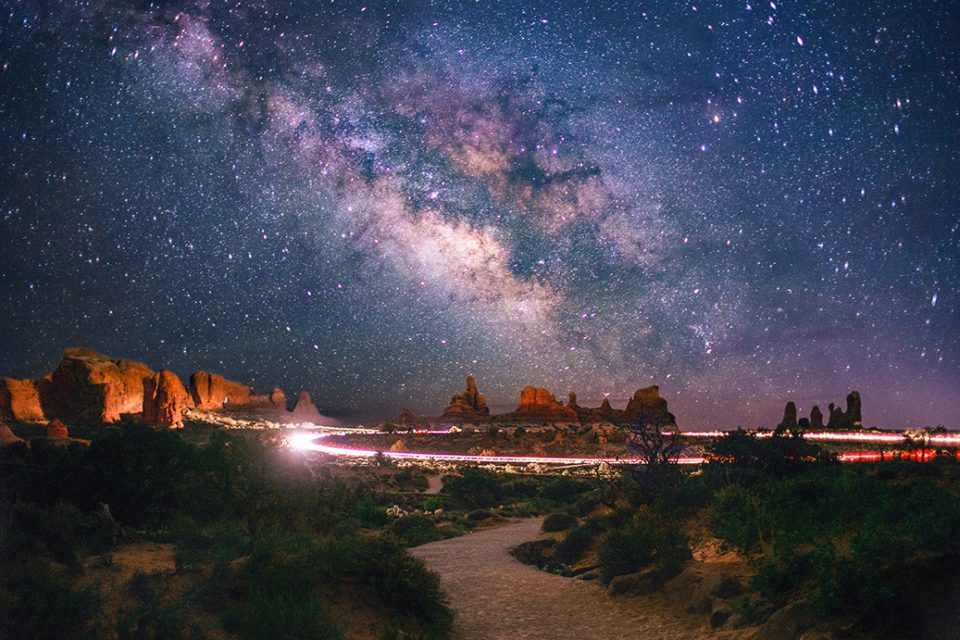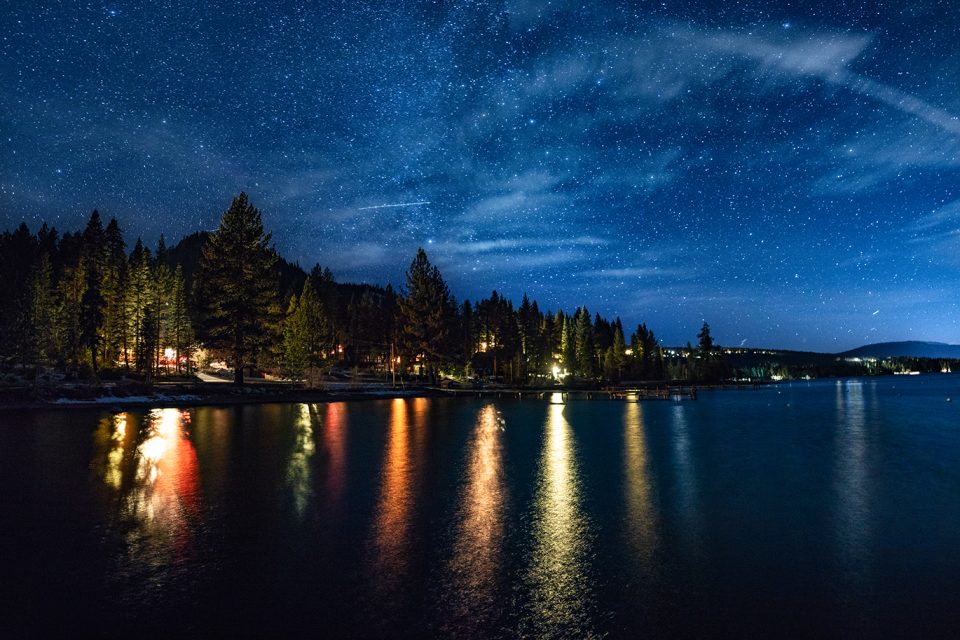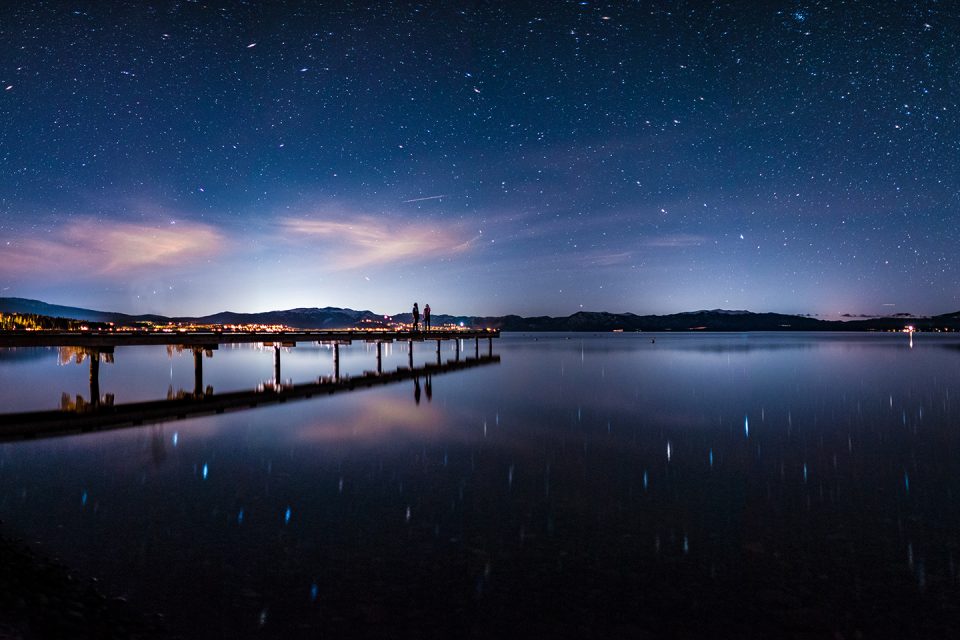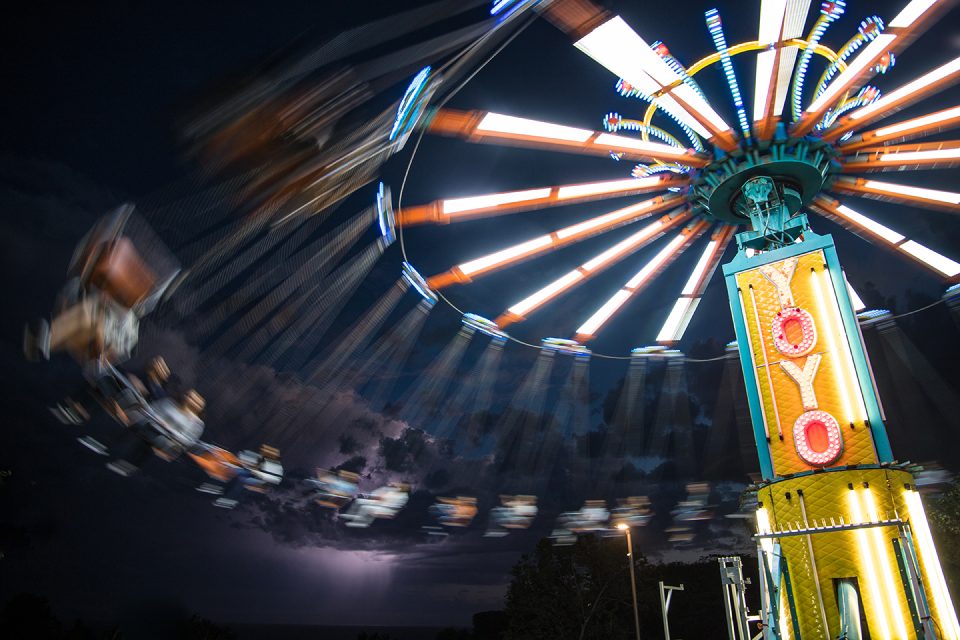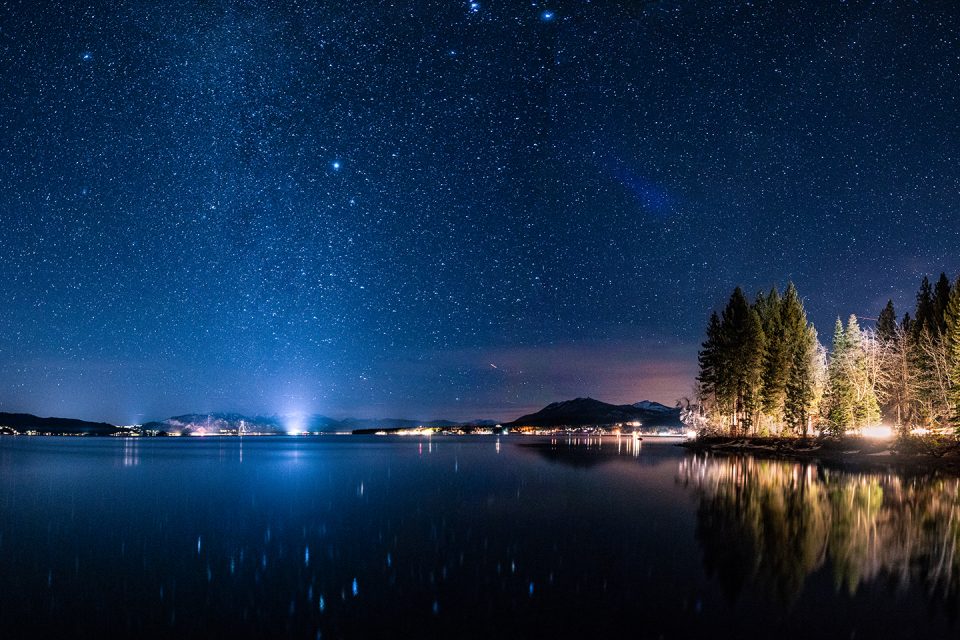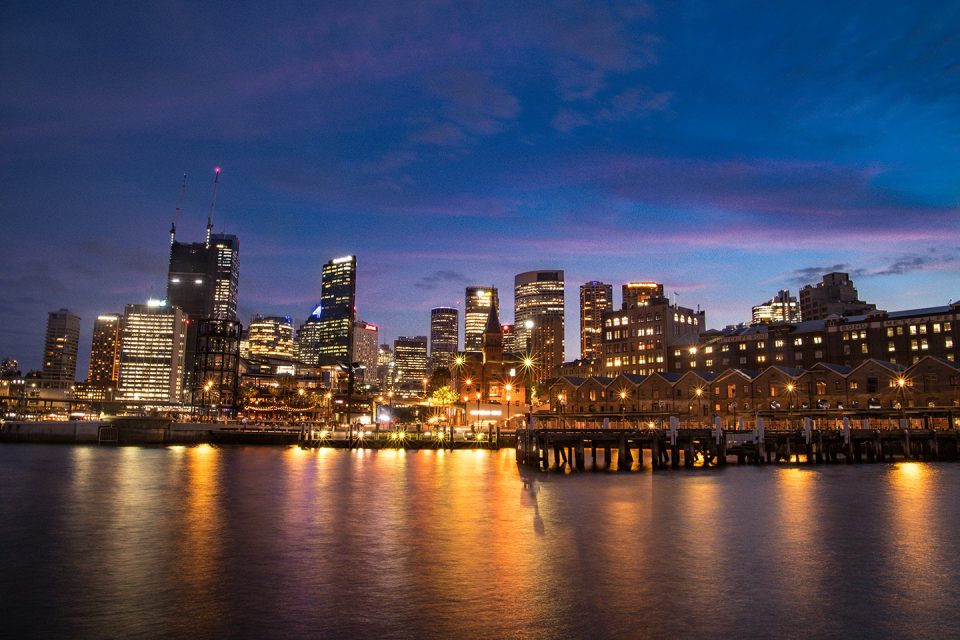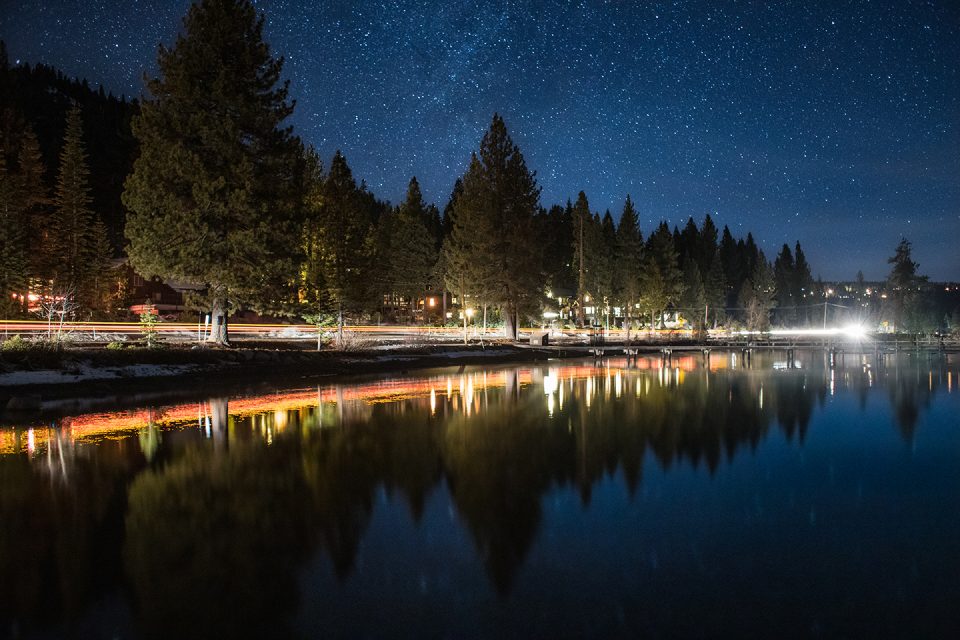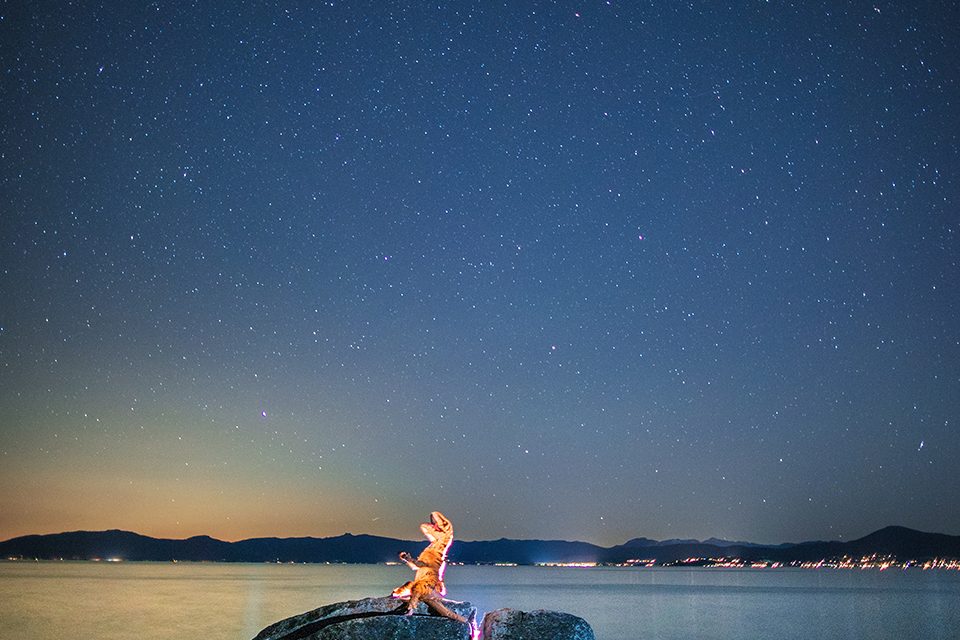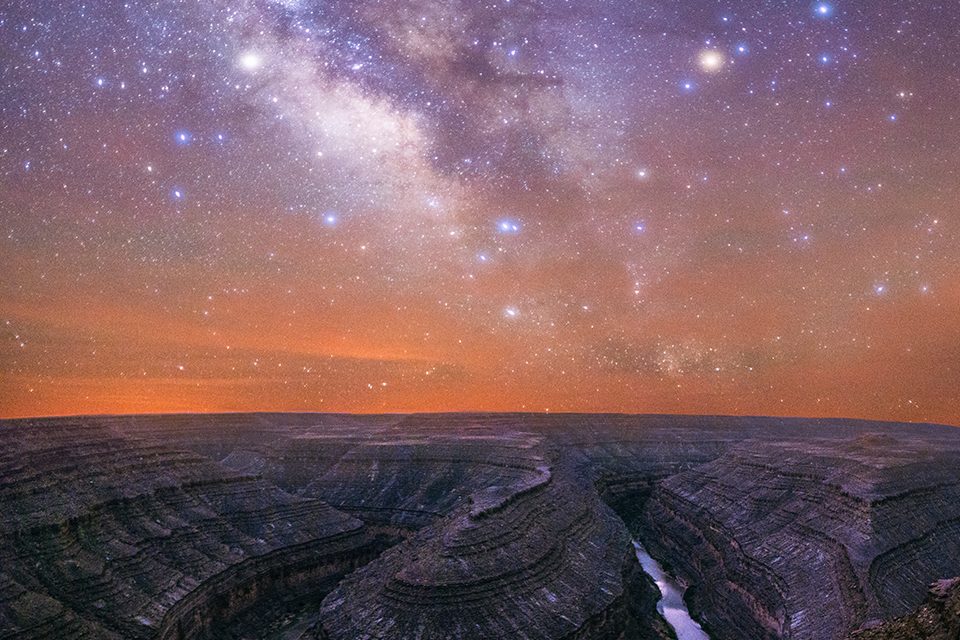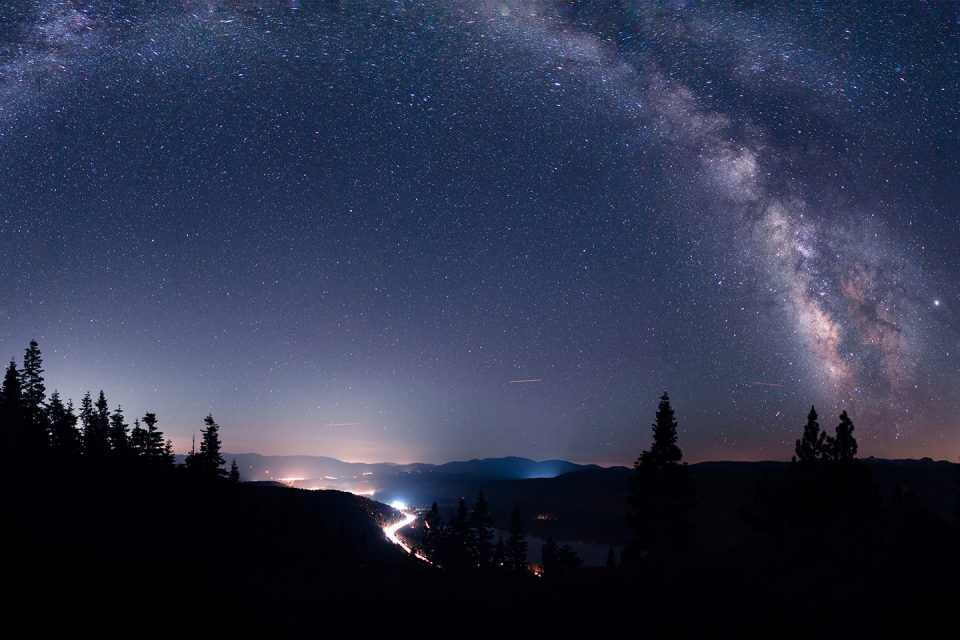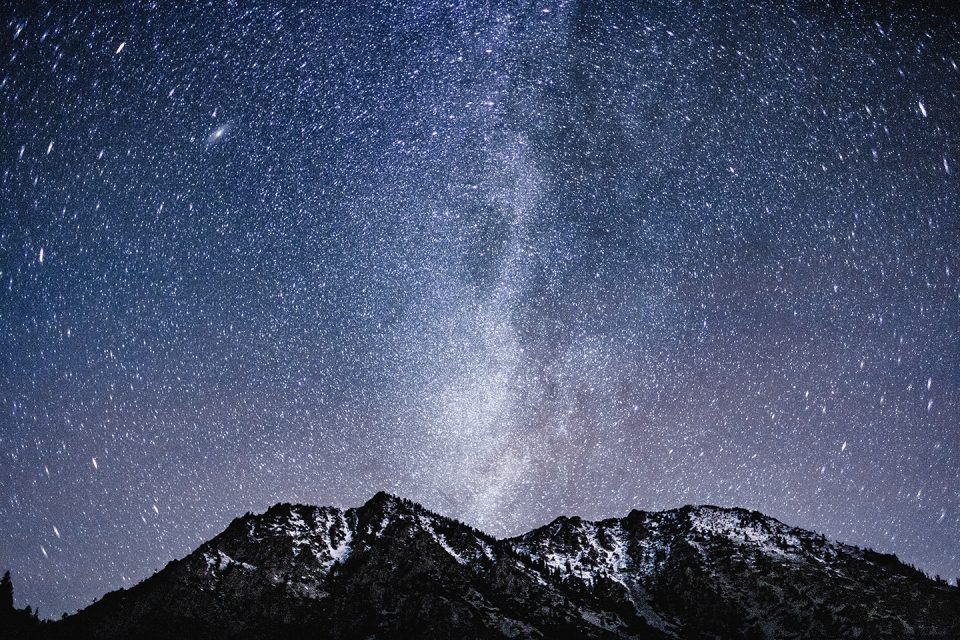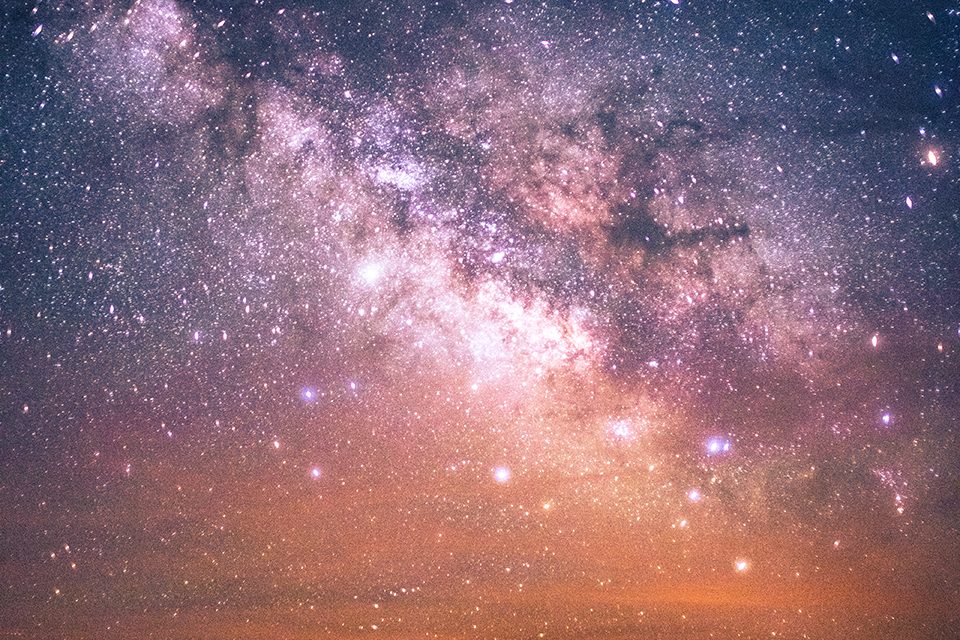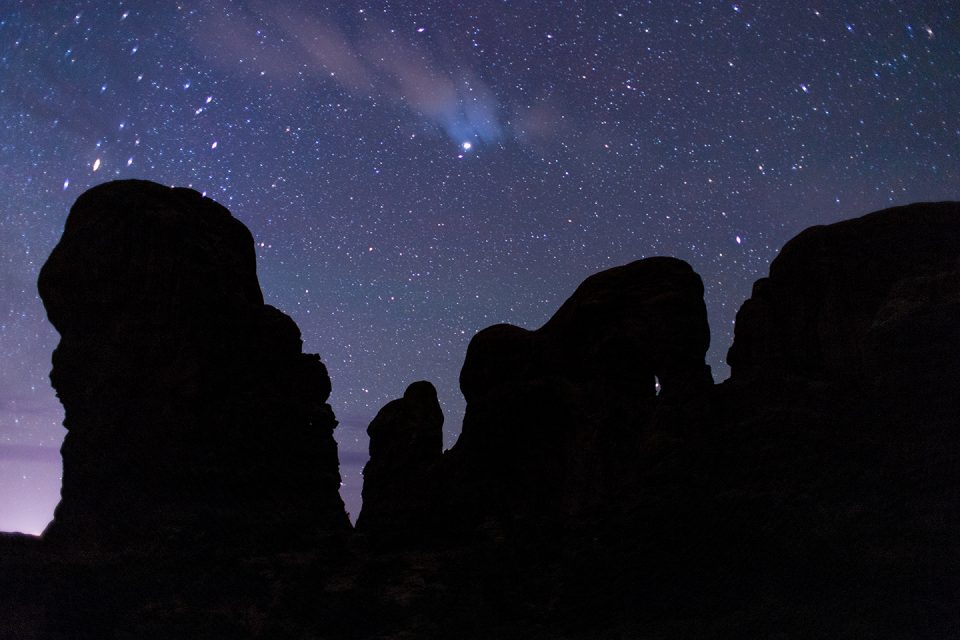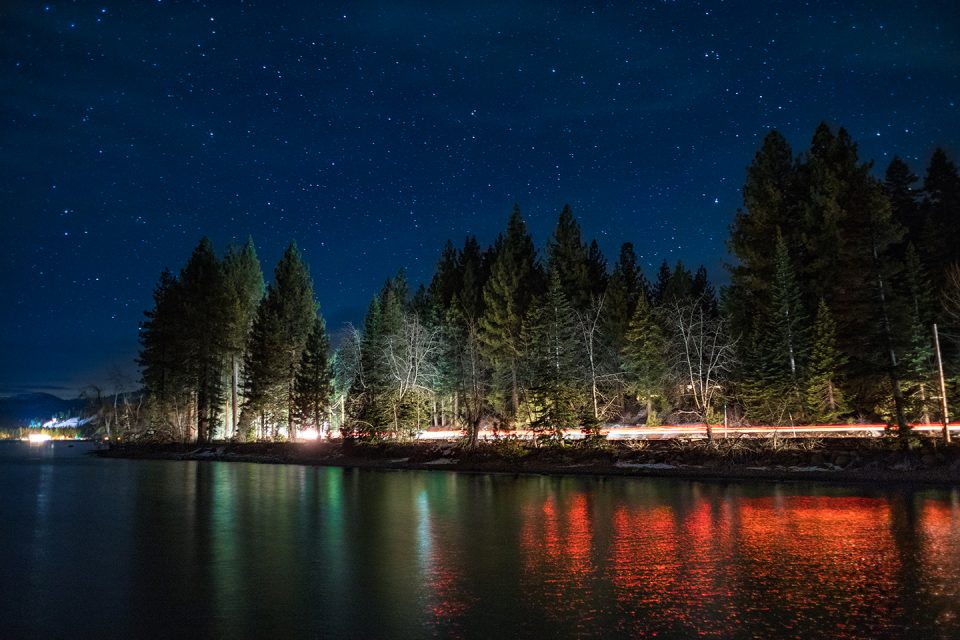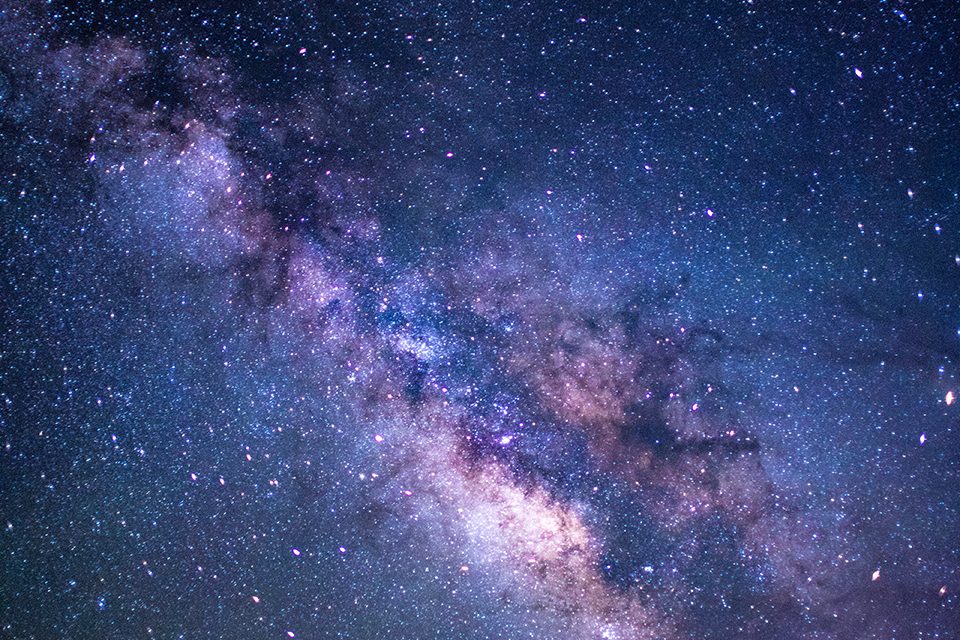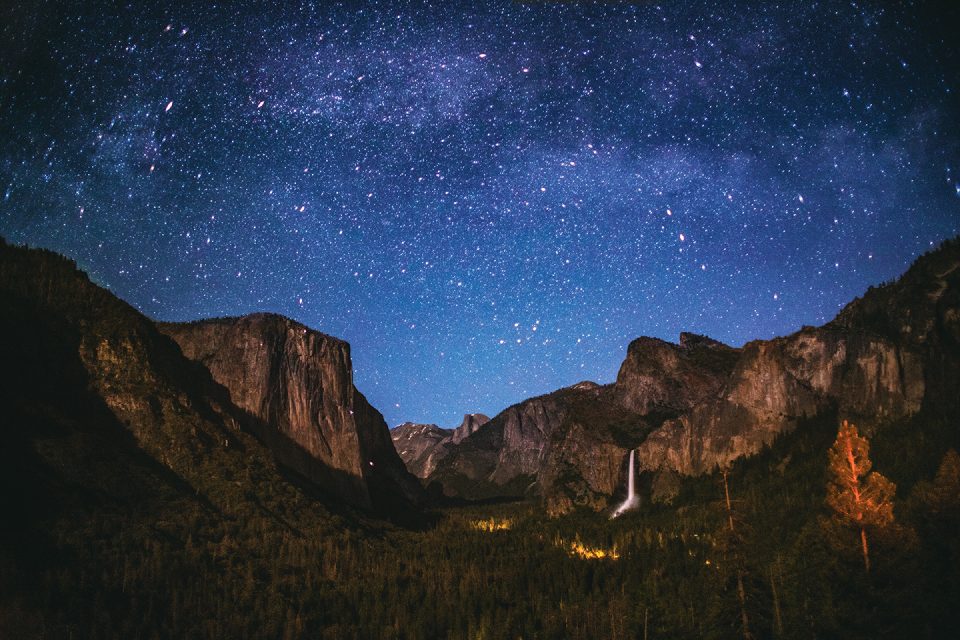At night, a camera is blind.
It faces the inky darkness of a pitch-black sky or the stark contrast of city lights and struggles to focus, let alone choose an exposure. “Auto” is useless.
Night photography is thus a test of a photographer; they must know how to set a shutter speed for several minutes, how to freeze the motion of stars in the sky, how to ‘paint in’ the foreground with a flashlight or how to manually focus on a subject that is almost invisible to the naked eye.
More often than not, these shoots require hiking in the dark with backpacks of expensive gear, sitting for hours in freezing nighttime temperatures and taking precautions in case nocturnal neighbors get a little too curious.
So why do it?
Because there is nothing like watching the Milky Way float across the sky at 2 a.m. Despite all of the science humans have to explain the night sky, the awe never fades. Photography is a way to capture that feeling, immortalizing the same stars that have guided sailors, inspired myths and watched over the restless for thousands of years.
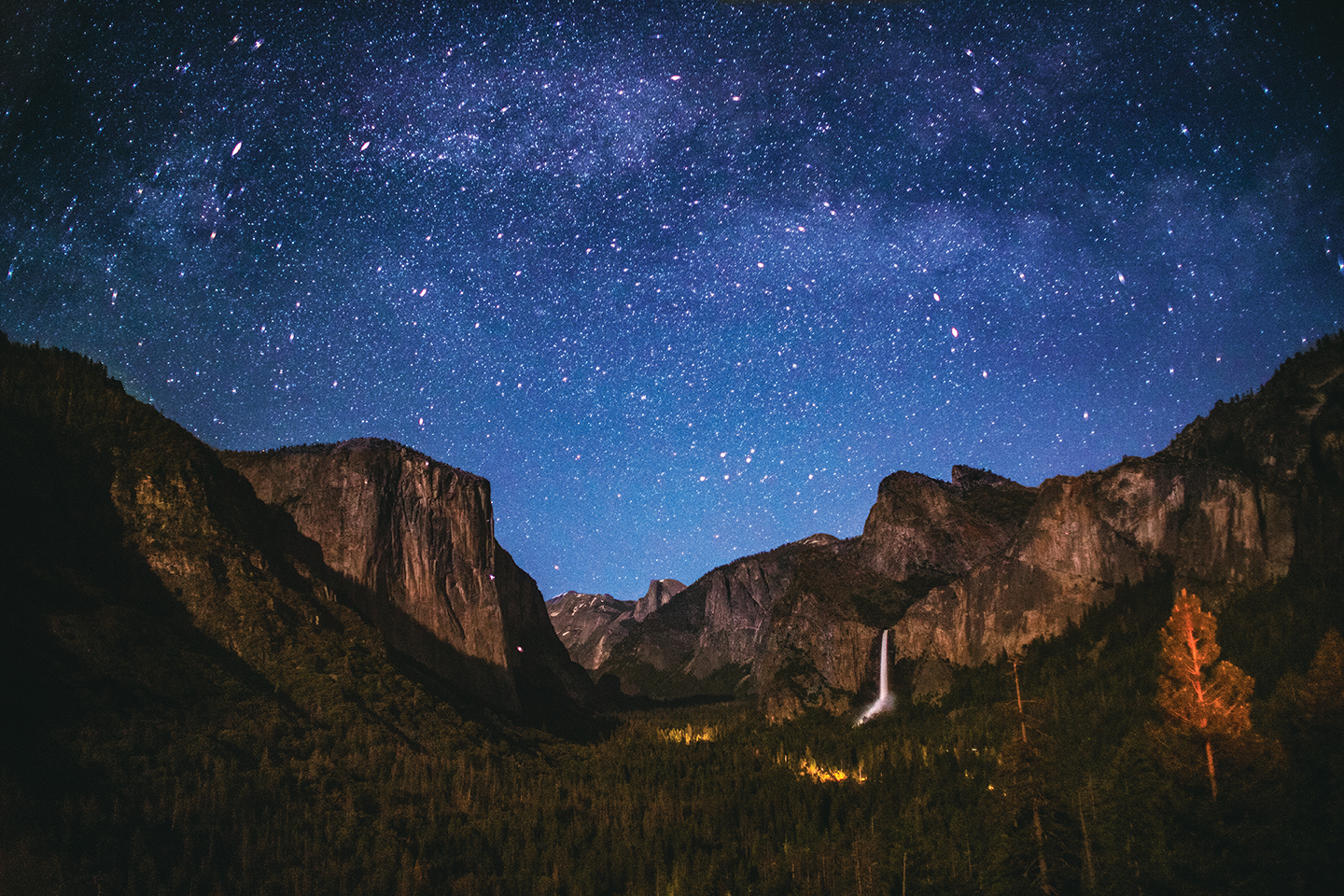
Yosemite National Park, CA

Sydney, Australia

Arches National Park, UT

West Shore Lake Tahoe, CA
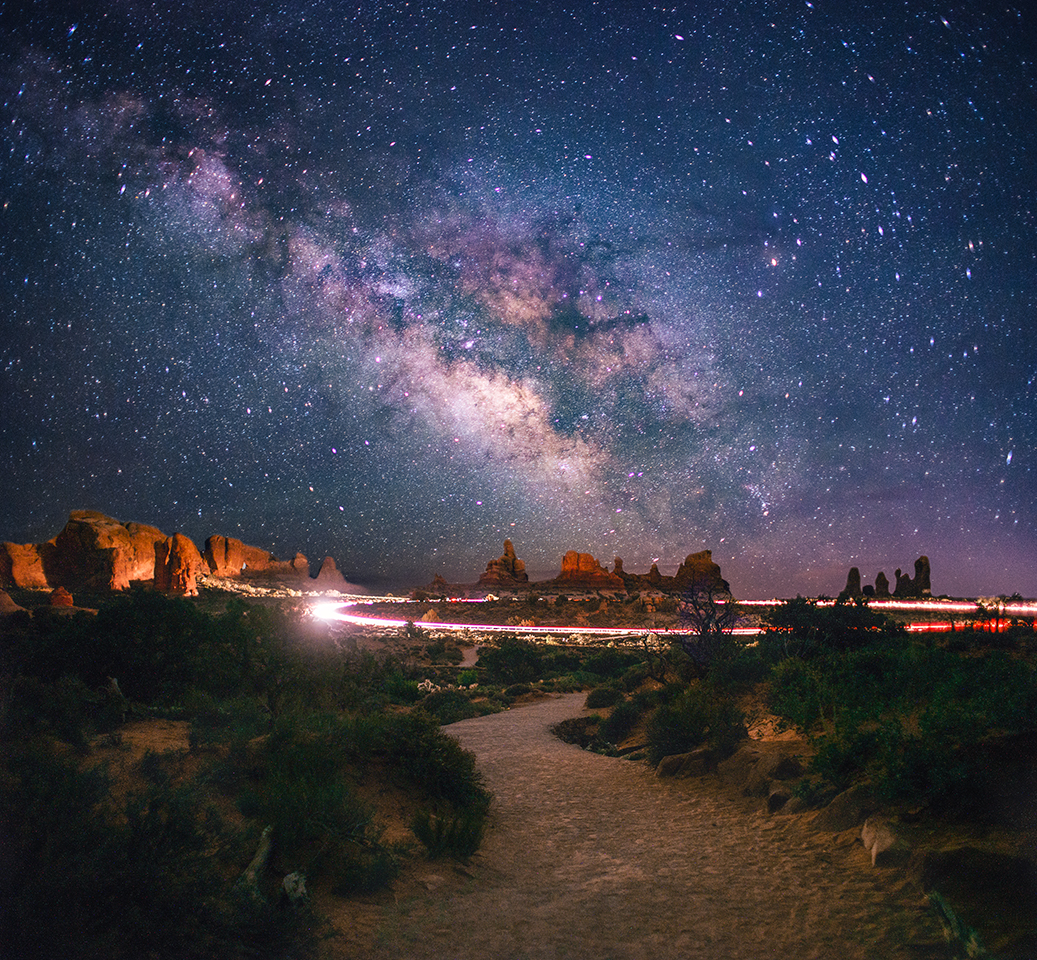
Arches National Park, UT
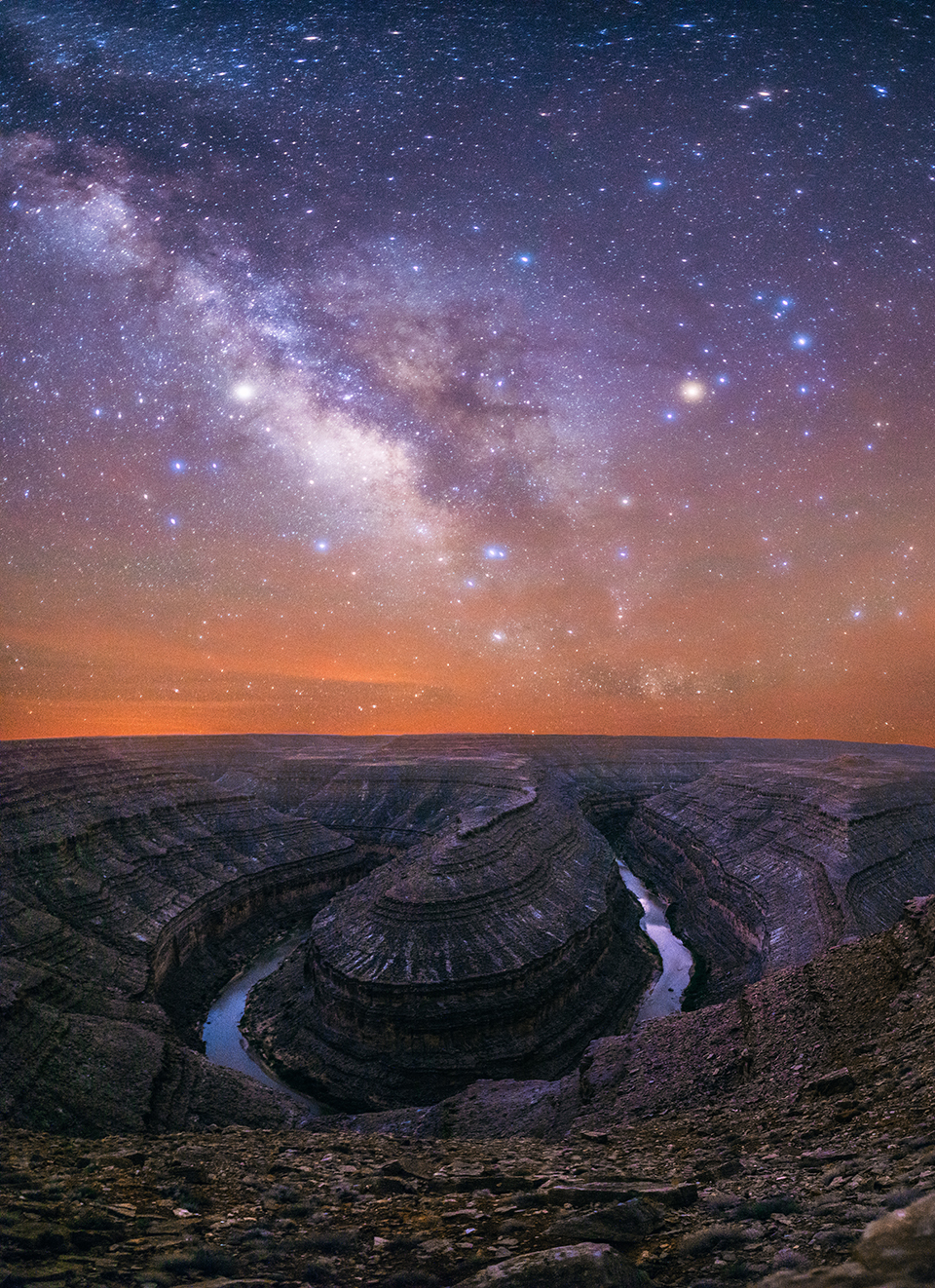
Goosenecks State Park, UT
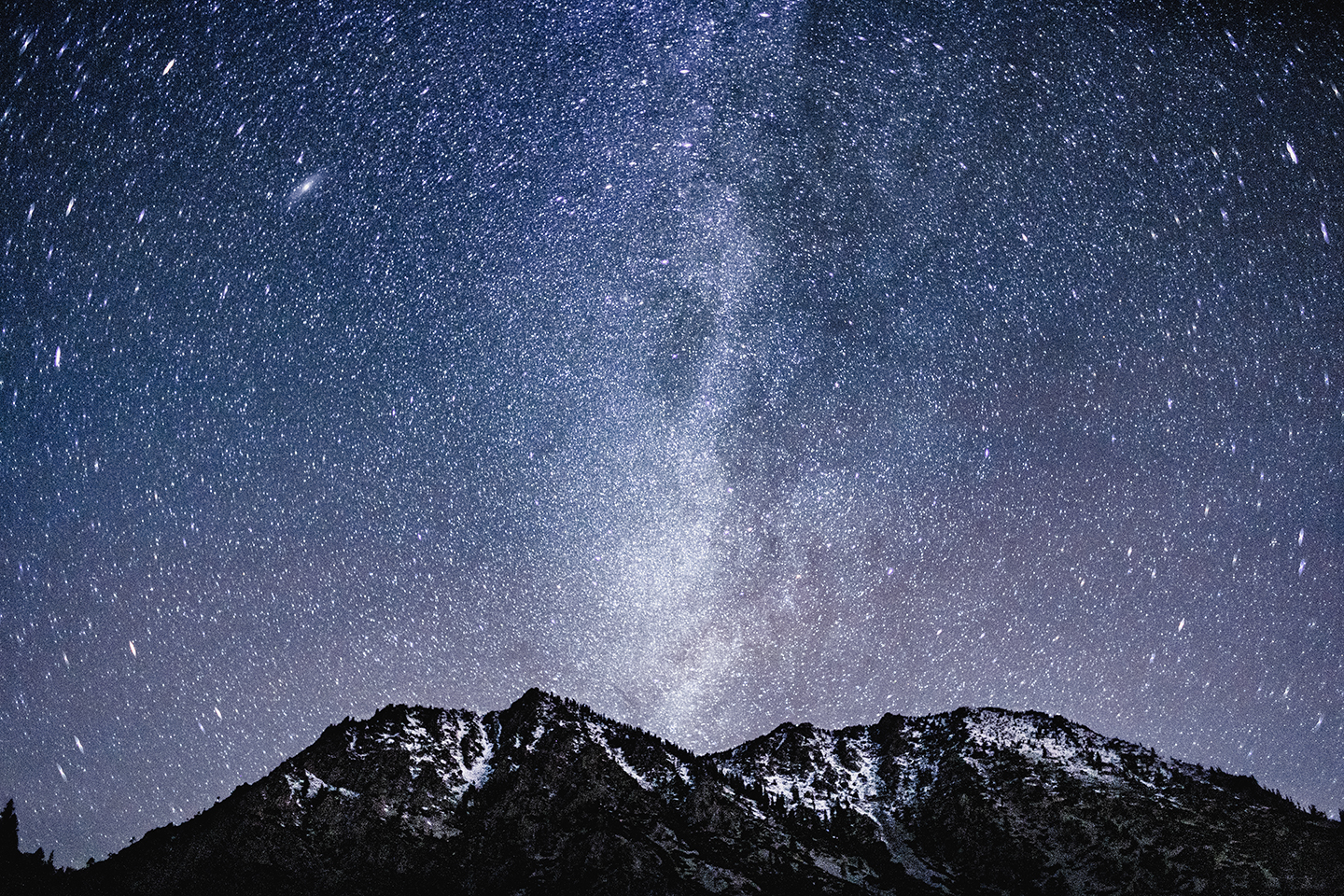
Emerald Bay, CA

West Shore Lake Tahoe, CA
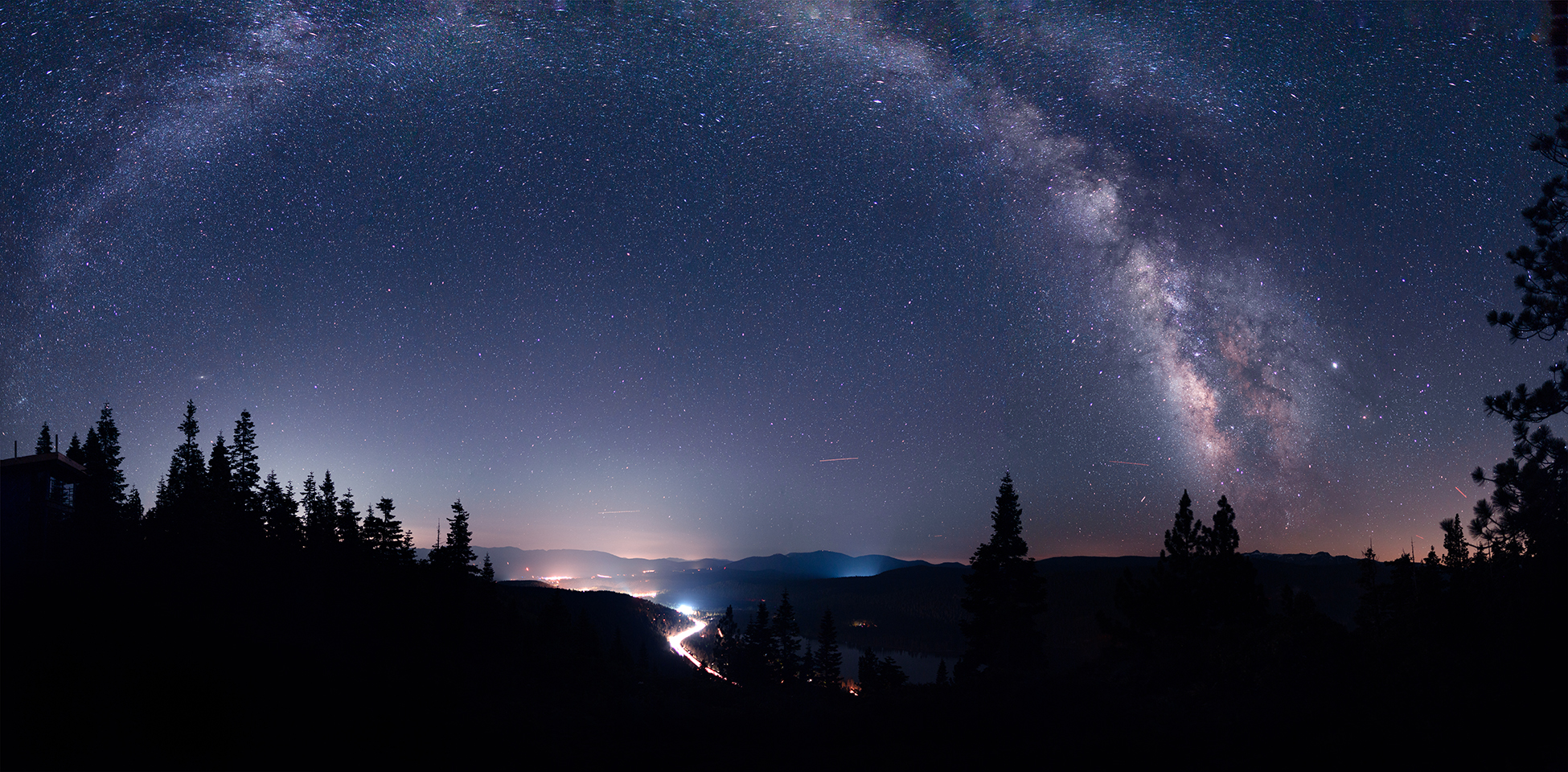
Donnor Ridge, CA

Sand Harbor, NV

Malibu, CA

West Shore Lake Tahoe, CA

West Shore Lake Tahoe, CA
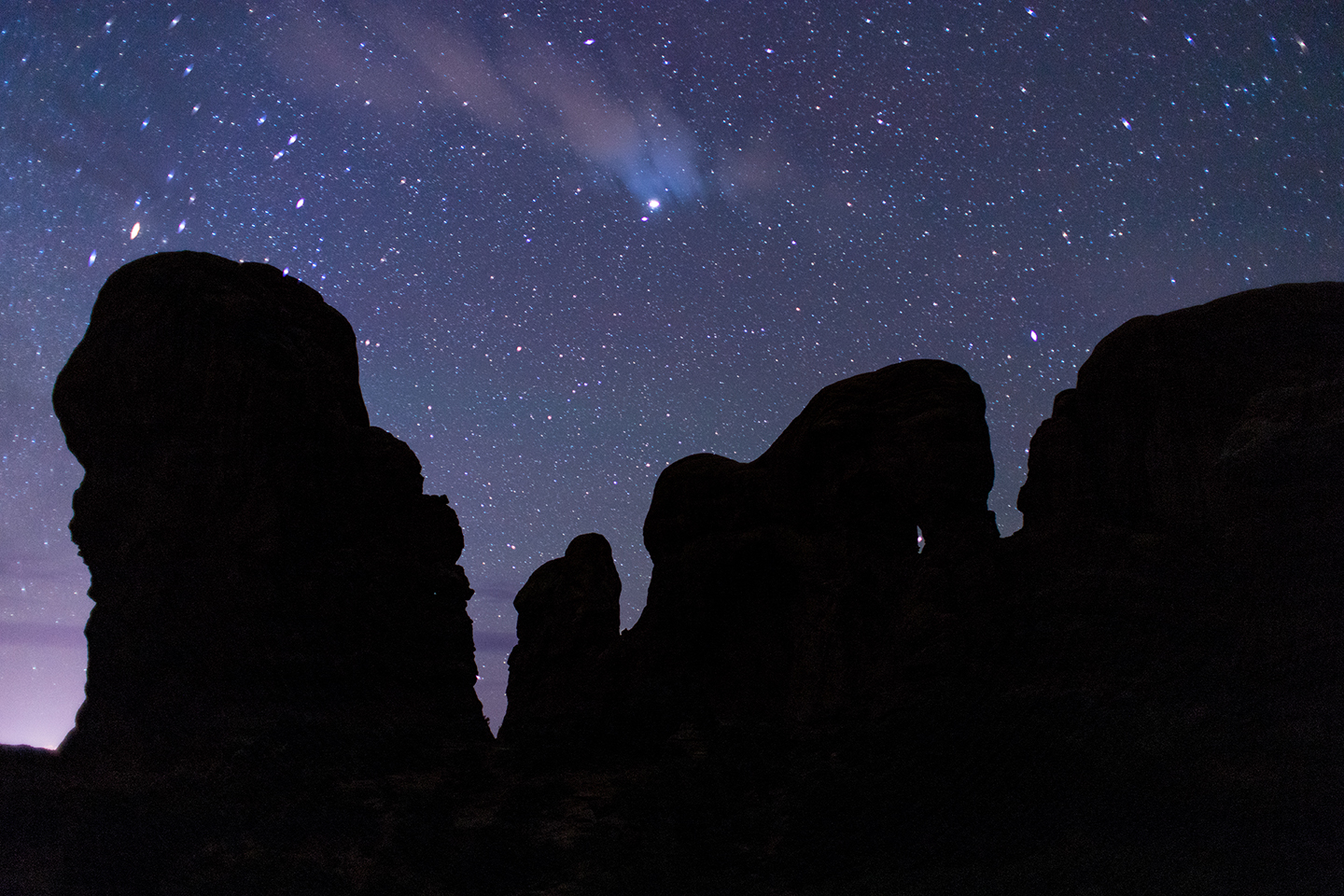
Arches National Park, UT
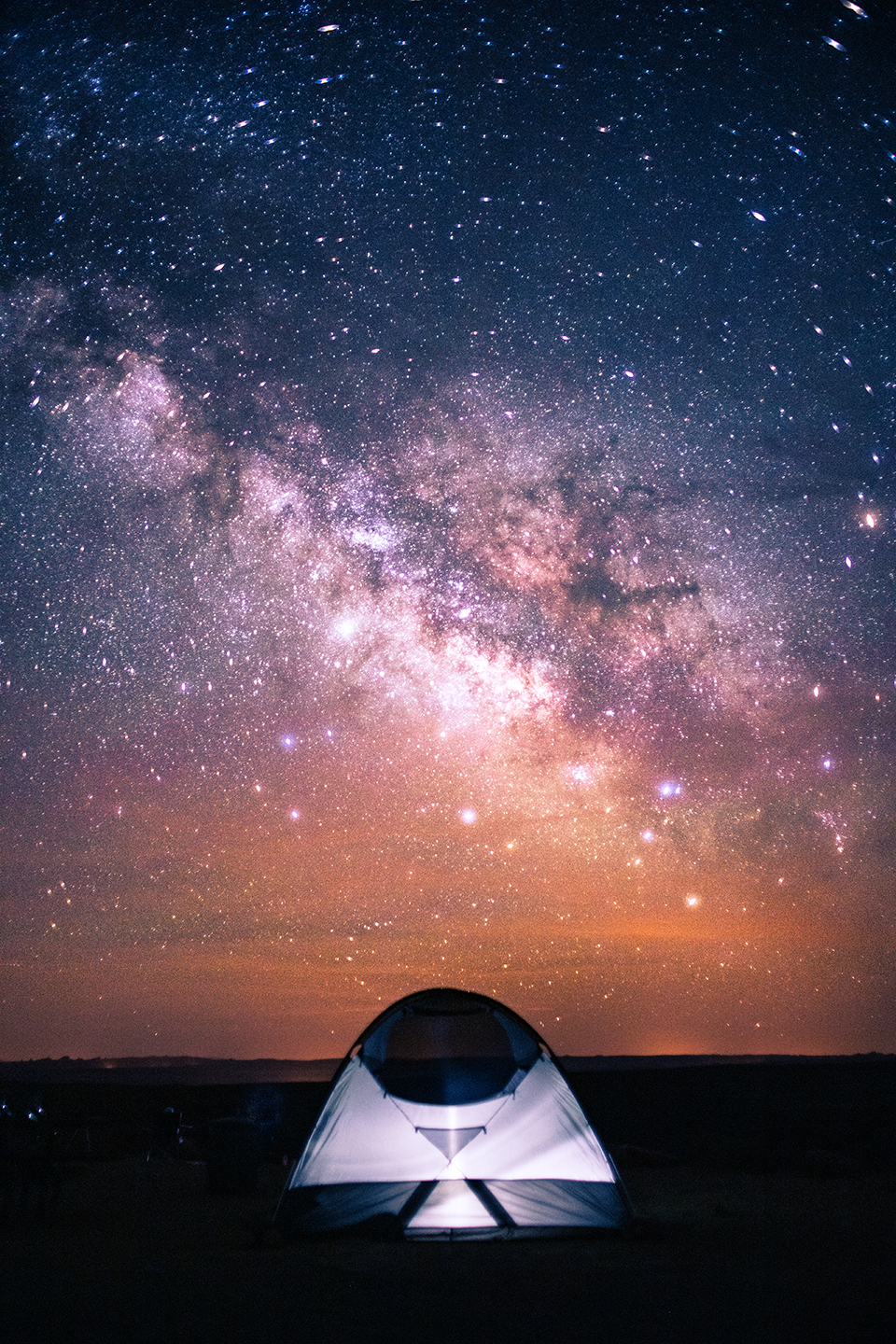
Goosenecks State Park, UT
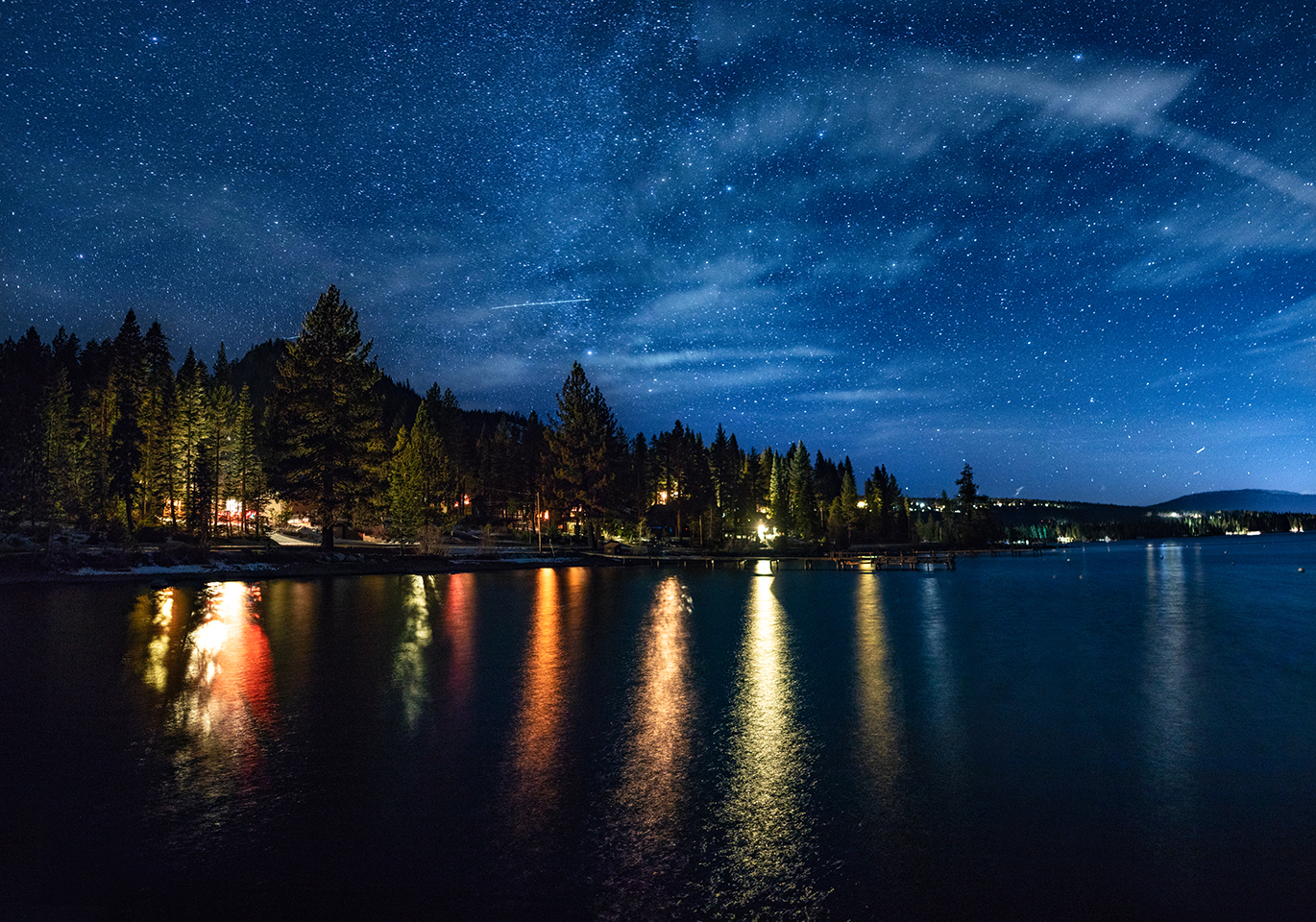
West Shore Lake Tahoe, CA

